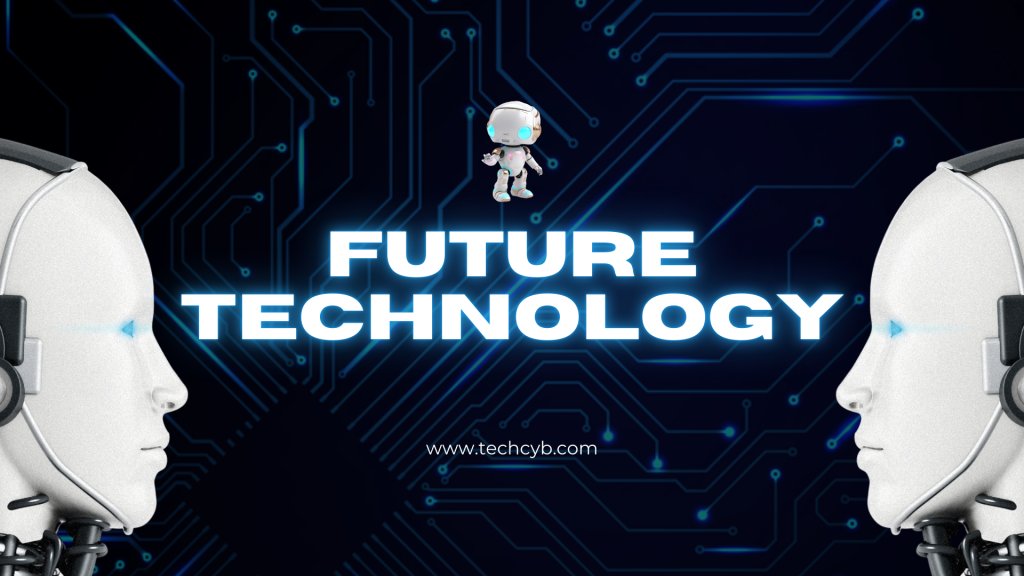What is Robotics?
Robotics is an interdisciplinary field that merges engineering and computer science to design, create, and utilize robots. The primary goal of robotics is to develop intelligent machines capable of assisting humans in various ways, whether through physical tasks, automation, or advanced problem-solving.
Robots can take many forms. They might resemble humans with AI-driven behaviors or be highly specialized machines like robotic process automation (RPA) systems, which mimic human interactions with software to perform repetitive, rule-based tasks.
A Brief History of Robotics
The concept of robotics isn’t new, even though the field and its applications have expanded significantly in the 21st century. The term “robotics” originates from the word “robot,” which was first used by Czech writer Karel Čapek in his 1920 play Rossum’s Universal Robots.
However, it was science fiction author Isaac Asimov who is often credited with popularizing the term in the 1940s. Asimov introduced three fundamental laws of robotics in his stories:
- A robot may not harm a human being or, through inaction, allow a human to come to harm.
- A robot must obey the orders given by humans, except where such orders conflict with the First Law.
- A robot must protect its own existence as long as such protection does not conflict with the First or Second Law.
These principles laid the groundwork for thinking about the ethical implications of robotics, and they continue to influence discussions today.
The first programmable robot, named Unimate (short for “universal automation”), was developed in 1961. It was based on designs from the 1950s and was primarily used to move hot metal parts from a die-casting machine. A few years later, in 1966, the Stanford Research Institute introduced Shakey, the first mobile robot equipped with hardware and software that allowed it to perceive and navigate its environment, though with limited capabilities.
Applications of Robotics Today
Robotics has become integral to numerous industries, with various types of robots performing repetitive and complex tasks across different sectors. Some of the common applications include:

- Industrial Robots and Robotic Arms: Widely used in manufacturing and warehouses, such as those operated by Amazon and Best Buy, to streamline production and logistics.
- Home Electronics: Autonomous devices like robotic vacuum cleaners and lawnmowers that operate independently to simplify household chores.
- Home Monitoring: Robots like Amazon Astro, which monitor home energy usage and provide security.
- Artificial Intelligence (AI): Robotics plays a significant role in AI, particularly in areas like object recognition, natural language processing, predictive maintenance, and process automation.
- Data Science: Robotics aids in automating data cleaning, analytics, and detecting anomalies, making it essential in modern data science practices.
- Law Enforcement and Military: Robots are used for surveillance, reconnaissance missions, and enhancing soldier mobility on the battlefield.
- Mechanical Engineering: In industries like manufacturing, robots inspect pipelines for corrosion and test the structural integrity of various components.
- Mechatronics: Robotics advancements power smart factories, robotic-assisted surgical devices, and autonomous vehicles.
- Nanotechnology: Robotics is critical in producing microelectromechanical systems, which are tiny integrated systems used in various technologies.
- Bioengineering and Healthcare: From surgical robots to assistive robots, lab robots, and telemedicine devices, it is revolutionizing healthcare.
- Aerospace: Robotics is employed in drilling, painting, coating, inspecting, and maintaining aircraft components.
- For more details about this topic visit the Technology Category of Tech Cyb.
Conclusion
Robotics is a rapidly evolving field that touches nearly every aspect of modern life. Whether enhancing manufacturing efficiency, enabling smarter homes, or advancing healthcare, it continues to push the boundaries of what machines can achieve. As technology advances, the role of robotics in society is only set to grow, offering even more innovative solutions to everyday challenges.
